Community Placemaking
Learn more about the importance of creating communities of character.
Gateway Communities
Gateway communities are the “front doors” for federal lands like national parks. These towns serve a unique role, adding to the hospitality services and recreational activities available in parks while also helping to shape a visitor’s first impression of their visit to the parks themselves. Gateway communities also often serve as home to the thousands of employees who work in these national parks.
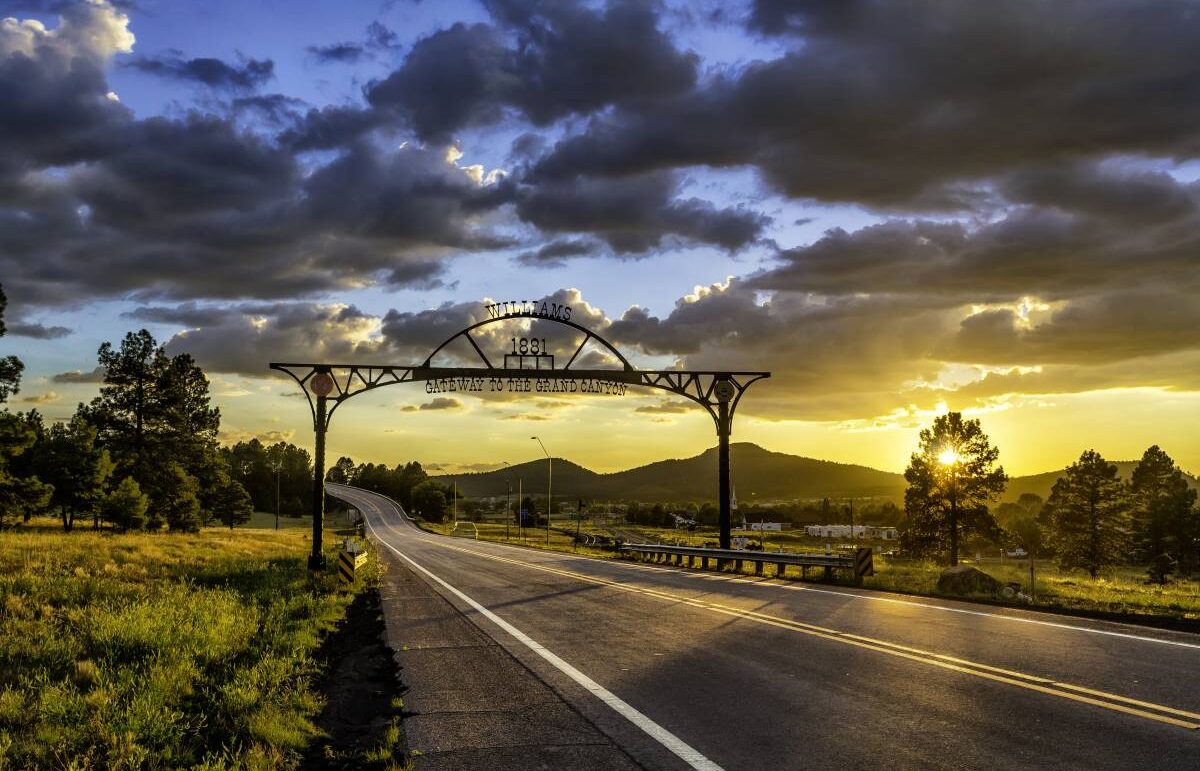
Gateways to Spectacular Scenic Places
There are 1,038 communities located within one mile of a national park in the United States, and 99 million people live within 10 miles of one of these parks. Some of the most famous gateway communities are Gatlinburg and Pigeon Forge, TN, which welcome visitors to the Great Smoky Mountains National Park with a large concentration of lodging, dining, and attractions. Gardiner, MT, is a popular gateway to Yellowstone National Park, offering year-round access and amenities and a charming small-town environment. Jackson, WY, is also a well-known gateway to both Yellowstone and the Grand Tetons. The towns of Tusayan and Williams, AZ, serve similar roles for the Grand Canyon National Park.
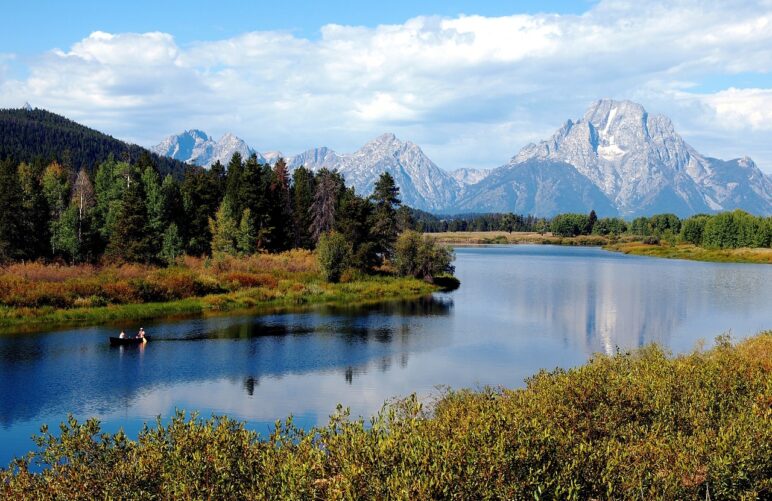
1038
There are 1,038 communities within one mile of a national park.
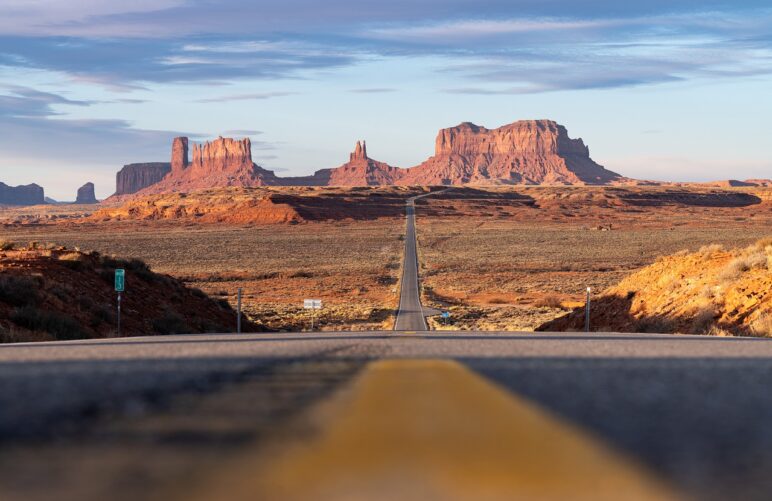
99M
99 million people live within 10 miles of a national park.
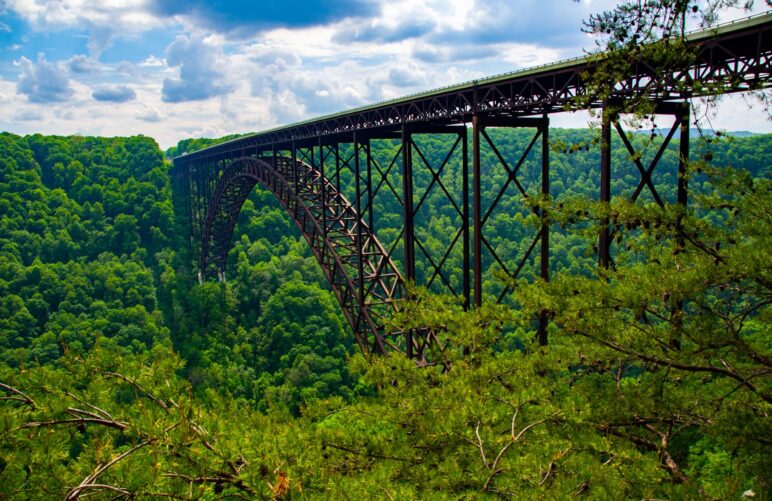
329K
Many of the 329,000 jobs created by national parks are based in gateway communit...
Why Do Gateway Communities Matter?
Gateway communities and corridors are a critical component of our nation’s travel and tourism industry, both in terms of the jobs they create and support and the experience they deliver to visitors. The National Park Service estimates that 329,000 jobs are directly created by national parks, and visitor spending in our national parks amounts to $20.2 billion annually. Many of these communities grew up around these popular tourist sites and have their own historical significance. Preserving them and investing in them helps to safeguard our country’s heritage and culture.
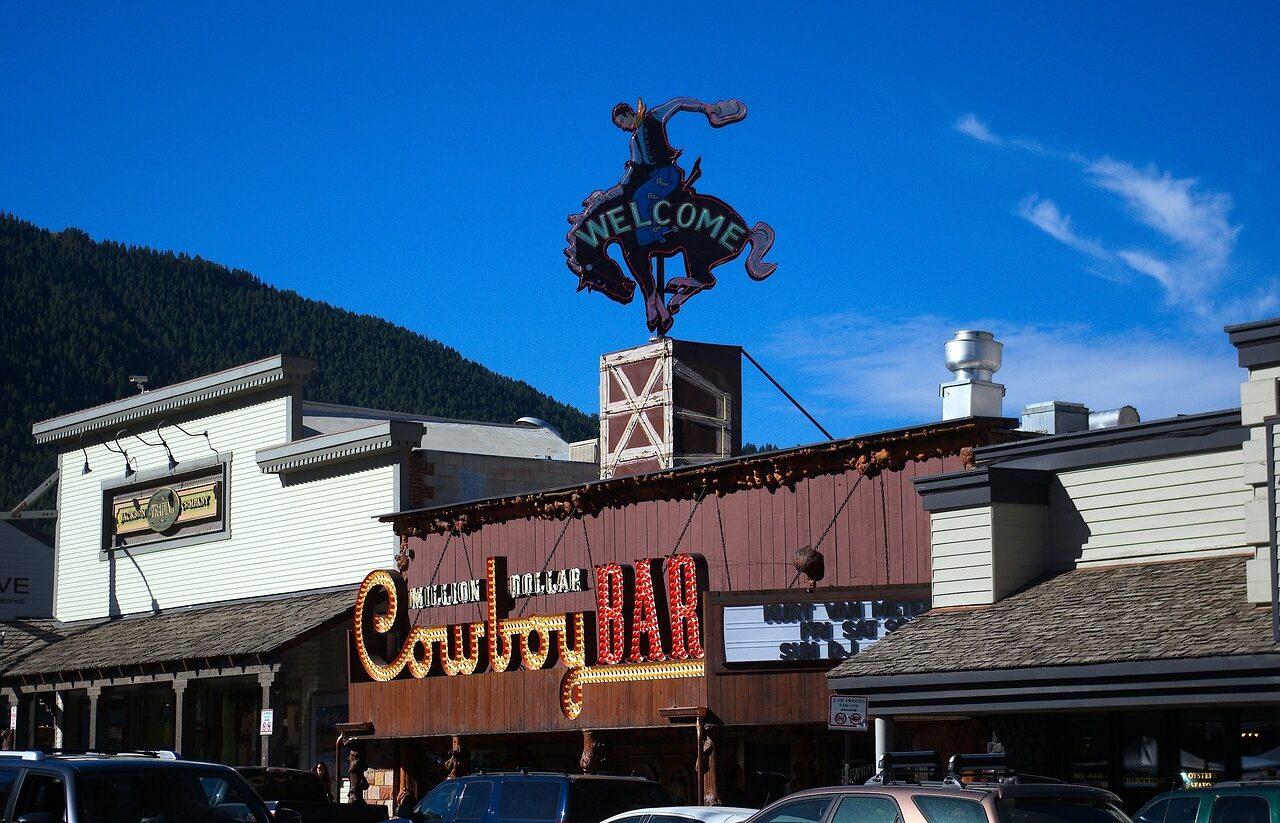
Preserving Gateway Communities
The degradation of gateway corridors and communities close to our most cherished national parks and other federal lands seriously diminishes visitor experience and often jeopardizes the fragile ecology of the park itself. With few restraints regarding planning, zoning, vehicular access, cell towers, utility lines or garish signage, some of the worst examples of unabated strip commercial development have emerged at the doorsteps of our national parks and federal lands. This degradation of gateway corridors and communities not only creates visual pollution, but also serious traffic congestion and safety problems for vehicles, pedestrians, and cyclists, not to mention the impacts on local flora and fauna.
Unsustainable development can impact vulnerable watersheds, harm wildlife management, create noise, contribute to air pollution, and cause habitat loss and degradation.
The challenge is to halt and undo the degradation of gateway corridors and communities by engaging with local governments, residents, and the business community to demonstrate the value created by an enhanced gateway experience for visitors.
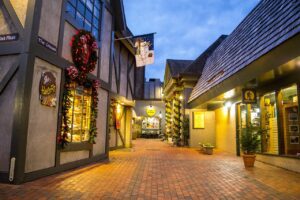
Gatlinburg was once an example of unsustainable development. However, in recent years the city has made strides to regain its scenic character. In 2008 Gatlinburg adopted architectural guidelines, hillsides and ridges regulations, and a tree protection ordinance. The architectural guidelines illustrate favored principles of responsible building design for the city. The city also started an undergrounding program. In 2012, Gatlinburg completed Phase VI of its under-grounding utilities project, which stretches from the Convention Center to Park boundaries.
Creating and Preserving Scenic Gateway Communities
The scenic value that our national parks represent should be reflected in the communities that serve them. Protecting gateway communities advances Scenic America’s mission because these communities and corridors protect the nation’s natural and cultural heritage. Unsustainable development of these areas threatens their scenic qualities of natural beauty and community character. National parks are also inherently connected to the communities around them. Parks do not exist as islands; they are affected by what happens to the environment outside of the park boundaries. Protecting gateway communities will protect the scenic beauty of the park itself.
With proper stewardship and support, gateway communities can generate economic growth for themselves and provide a seamless and enjoyable experience for travelers who visit federal lands, while also ensuring that those land are protected from scenic blight or other harmful development.
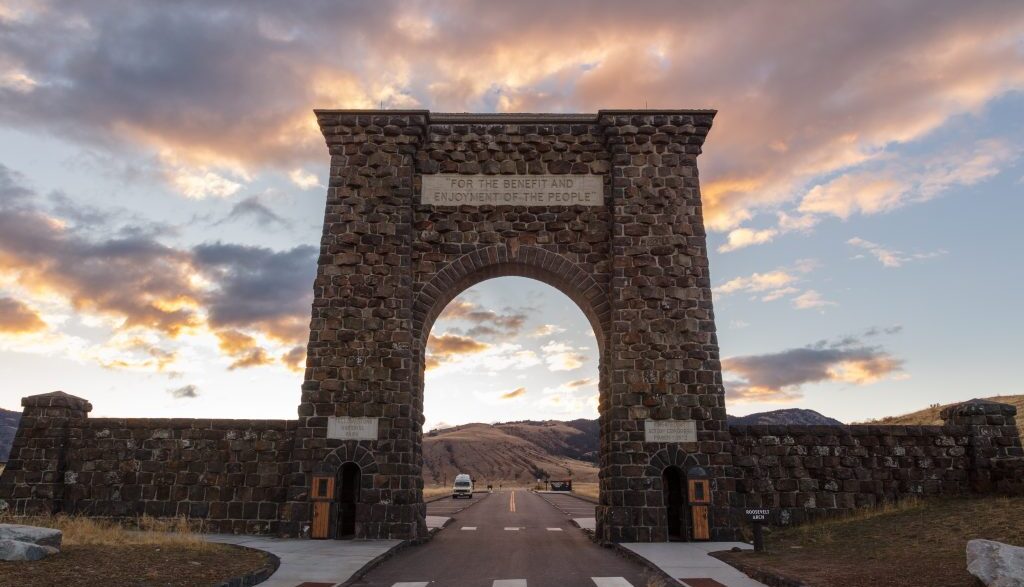
Resources for Gateway Communities
Learn about federal and grant funding opportunities to support scenic conservation initiatives in gateway communities.